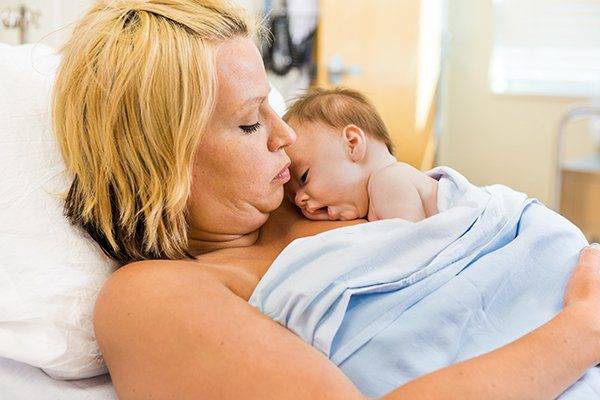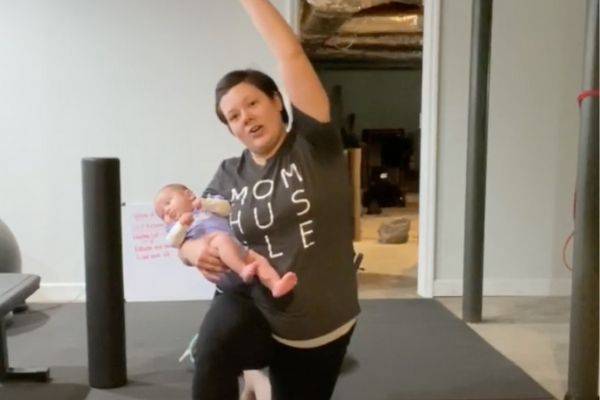Hip Dysplasia or Developmental Dysplasia of the Hip in babies is a medical term for general instability, or looseness, of the hip joint that may lead to dislocation or arthritis. It is widely believed that it is developmental. It is known to develop around the time of birth, after birth, or even during childhood.
What Does This Have To Do With Baby Carriers?
According to the International Hip Dysplasia Institute, a not-for-profit effort to improve the health and quality of life of those afflicted with hip dysplasia, baby carriers can contribute to hip dysplasia in infants if not made correctly. The important thing to remember is to use a baby carrier that allows the hips to fall or spread naturally apart to the side, with thighs and hips supported and knees bent.

Think of your baby as a jockey or frog. He will have free movement of the hips resulting in natural hip development. When your baby is properly carried, their legs will look like the letter “M” with the buttocks down and the knees up. This is most important during the first six months of life.
Why? Babies spend up to 9 months in the womb in the fetal position in which both hips and knees are bent or flexed. After birth, it takes several months for the joints to stretch out naturally. Parents can support the process by selecting products that encourage healthy hip development.

What are the signs of Hip Dysplasia?
What makes this even more challenging is the fact that hip dysplasia is rarely painful for babies. It may not be detected until your baby is walking, or later. Therefore it is important not to restrict nor stretch out your baby’s hips, as that can deform the hip socket. Although the risk of hip dysplasia or dislocation is greatest in the first few months, if left untreated, the result may only appear in the form of painful arthritis in adulthood.
The A, B, C and “M” of Hip Dysplasia

This drawing demonstrates a baby carrier that allows for healthy hip positioning. The baby’s thighs are spread around the mother’s torso. Their hips are bent so the knees are slightly higher than the buttocks with the thighs supported, and outlined in an “M” sign.
Find out more about Hip Dysplasia and baby carriers here



